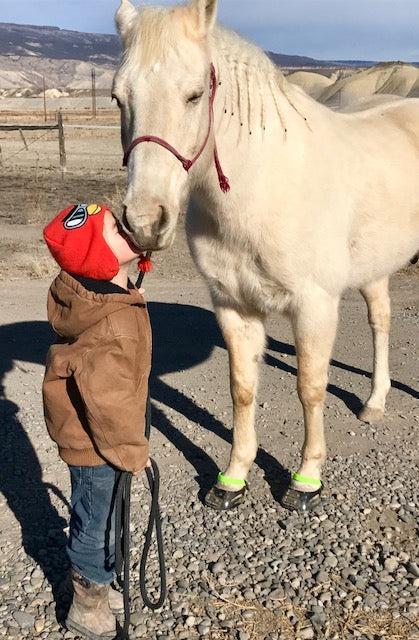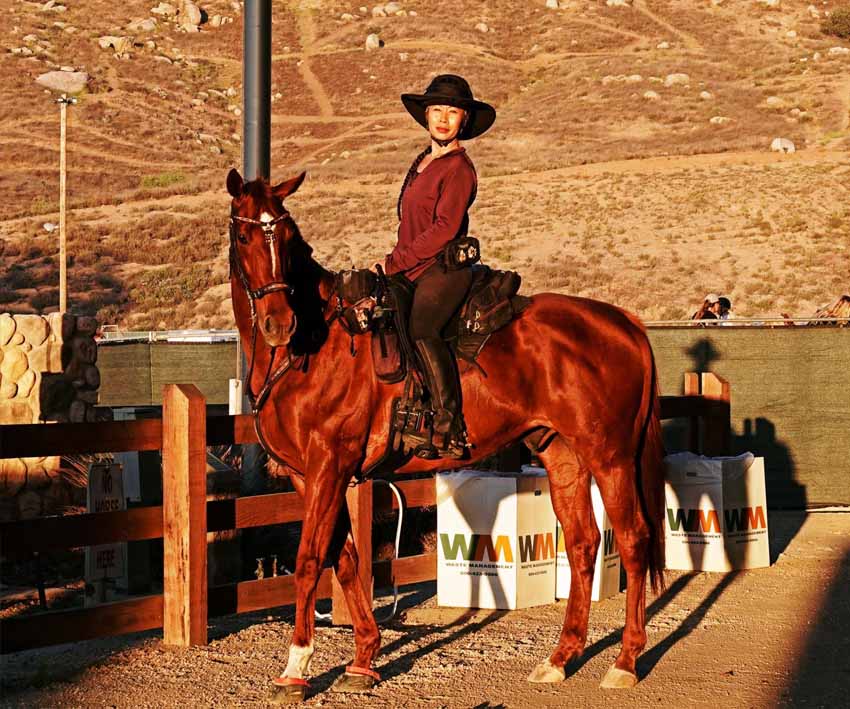
Riding on Sandy Creek Beds with Scoot Boots - Interview With Dawn Champion
Share
Dawn Champion's Barefoot Experience
Around the world, many people live and ride in areas that have sandy desert terrain. For most hoof boots, sand can cause major problems. Other boots collect sand and debris. The sand enters the boot and gets packed into the toe making the boot fit poorly and creating a major challenge in cleaning. Also, when other boots get wet, the boot fills with water and the sand turns to mud which makes the boot extremely heavy. This is uncomfortable for horses and also weighs their feet down, hindering proper movement.
Scoot Boots, on the other hand, are perfect for riding over sandy terrain. Scoot Boot’s unique design allows any sand that enters the hoof boot to sift right back out again. And when the boots get wet, there are no cloth or leather pieces to get soggy and heavy. The water will drain right out and the boot will continue giving your horse the protection and comfort they need to perform their best.
Scoot Boot recently had the opportunity to talk with Dawn Champion, who lives in Norco, California. She lives in an area surrounded by sandy terrain and has used Scoot Boots for years to give her horse the support he needs while riding. Below is what Dawn had to say about her experience using Scoot Boots in sandy areas.

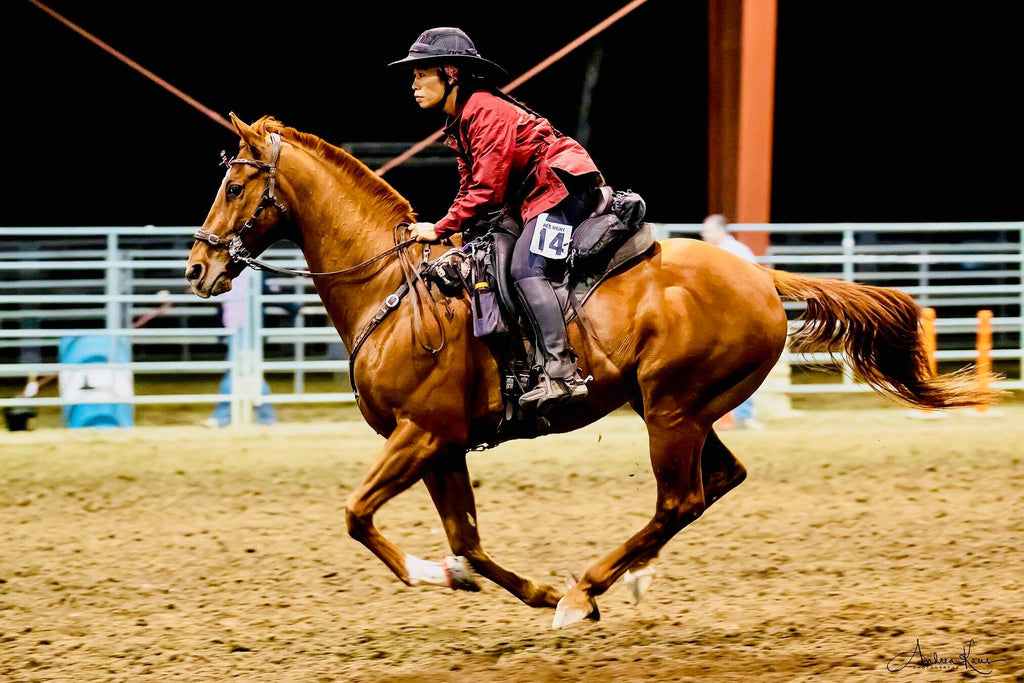
Can you Tell us a Little More About Yourself and Your Experience in the Horse World?
I was always interested in horses. Originally, I am from Taiwan. There are not a lot of horses in Taiwan. When I came to the states I went to boarding school and started learning traditional horsemanship there. Now, I help problem horses. I specialize in helping the dangerous, aggressive, and untrainable horses. I often find that for most of these horses, their owners struggle with knowing when to approach and retreat. It’s a timing issue. I hear horses in ways that other people don’t. I can feel what they’re thinking and feeling, so I’m able to step in and help horses that others can’t. I do a lot of work at liberty and really let horses be who they are and find ways to be in partnership with humans.
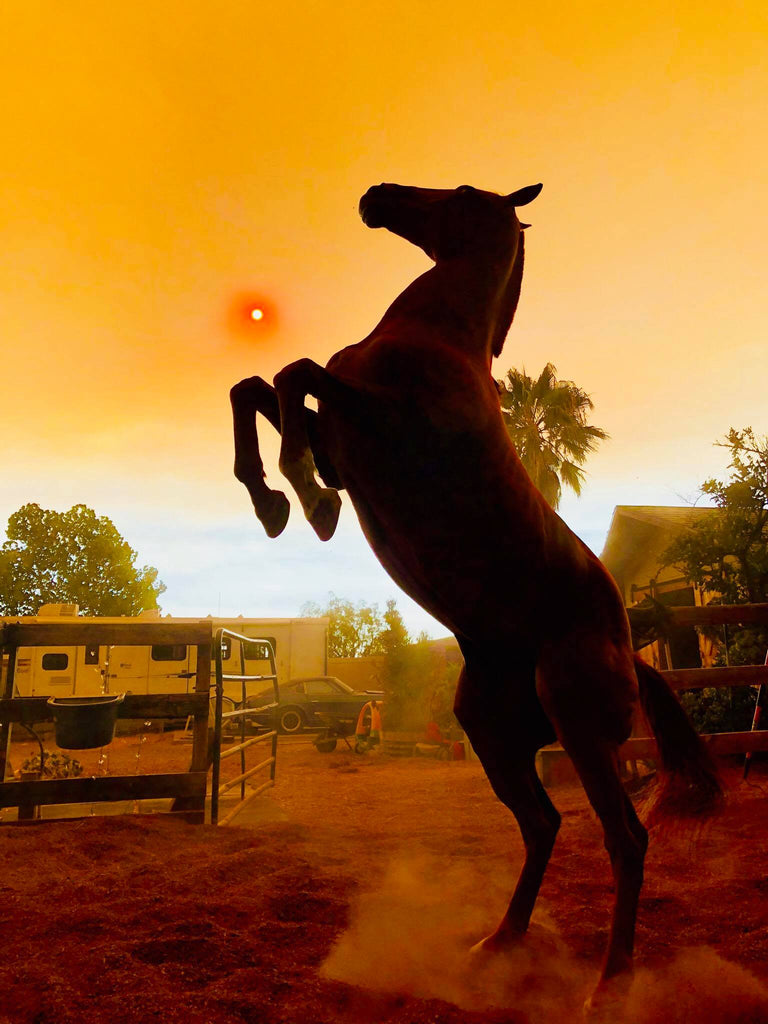
What got you Into the Horse World? How did it all Begin for you?
In Taiwan, the Chinese zodiac is a big thing. I am the year of the horse. To Westerners that doesn’t mean anything, but to my mom, she always saw the love of horses in me. I was the kid that was galloping around and neighing all the time. All of my family in Asia are horrified by animals. I was so strange as an Asian little girl. I loved all the feral animals and tried to bring them into the house. So nothing in particular got me started, I was born with this passion and love for animals.
I had a rough childhood and was sent to boarding school when I was 12. When I was 15, I did my sophomore year of high school in Hawaii and joined the equestrian team. That’s where my formal instruction started in dressage and show jumping. I stayed at school throughout all the holidays. My riding instructor saw my love of horses and the challenges I faced with my family. She started taking me home with her for the holidays and she had lots of horses, so I got to be around them even more at her house. At school, I was always up early to be with the horses and would nearly miss meals because I was at the barn, so the cafeteria staff started setting a plate aside for me.
My riding instructor was the traditional, strict trainer and I thrived under that. I just wanted to know what to do and she would tell me. That’s where I got my foundation of knowledge. That silent support and discipline from my instructor really saved my life.
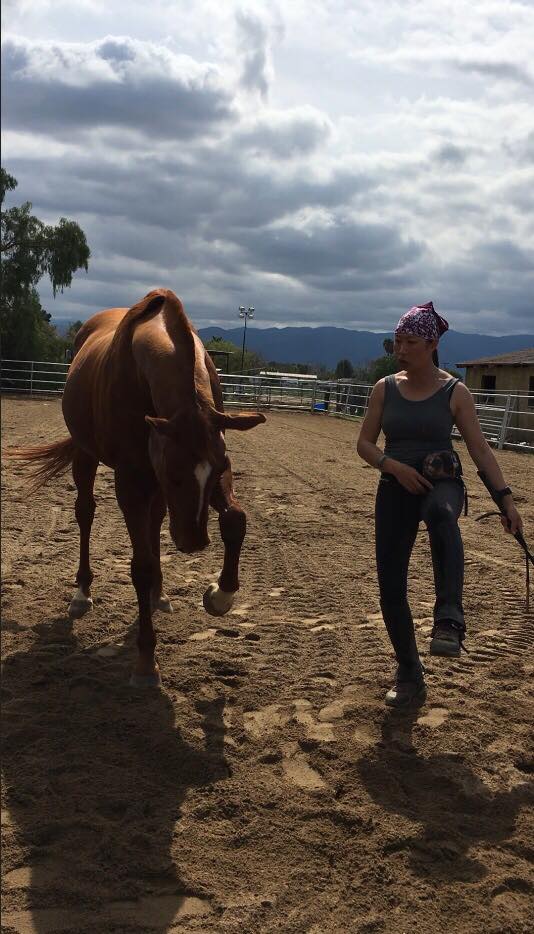
You Have a 16 year old Thoroughbred Gelding, can you Tell us About him?
13 years ago, I got Lasair as a 3 year old. He is a Thoroughbred that was bred for racing. He was labeled a problem horse. Even for a Thoroughbred, he was berserk. At 2, he had started his race training and during a training session, lost his mind in the gate. He got really injured. He had surgery and went to pasture for a year to recover. They probably would have sold him sooner, but he had winning times so they wanted to race him. He was just so crazy that they weren’t sure they could. When he was 3, they put out the word to sell him, but weren’t very hopeful that anyone would take him. I heard about this horse for sale from my neighbor and went to take a look. They were pretty sure I’d be sending him back to them within a week, but we’re still together 13 years later.
To work with Lasair I had to get rid of everything I had learned and learn a new way of being with horses. Now, I use what I’ve learned to help others with horses no one can handle.
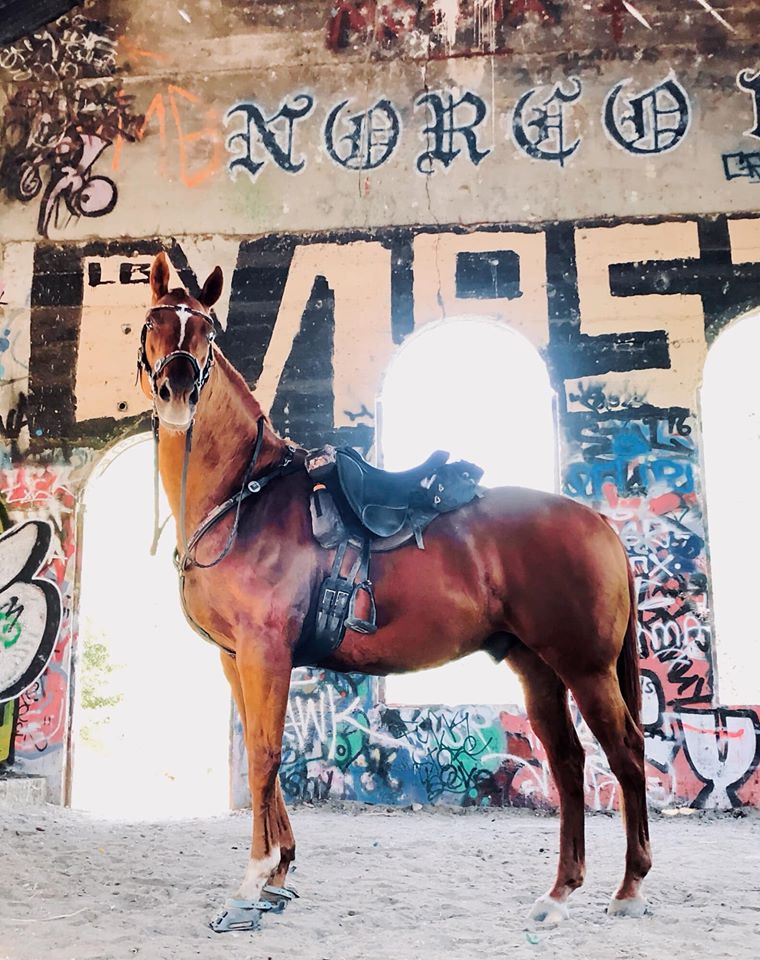
You Have Chosen to Take Lasair Barefoot. Can you Share why you Made That Decision?
Around the age of 10, Lasair started having lameness issues. Navicular, chronic laminitis - he had it all. We kept changing farriers with no luck. Everyone told me it was just his confirmation, that he was too big and too heavy for his feet. I was told that it was impossible for him to grow heels. All the professionals told me that he had to be retired. I kept thinking about going barefoot and giving nature a shot, but the overwhelming feedback was that it would be so irresponsible to try that. People kept telling me that I was going to kill my horse. I even had people unfriend me saying, “I can’t watch you do this to him”.
When he was 12 years old, all the professionals had given up on him. At that point, I had nothing to lose. I went underground with Lasair’s barefoot transition, because almost everyone was against this decision and I didn’t want to deal with their negativity. I learned everything I could and did his barefoot transition myself.
Within two years, not only was he completely sound, but he started winning endurance races against Arabians. In our first 25 mile (40km) race we finished mid pack, then the next race was top quarter, then the third race we won. He’s the wrong body type for endurance. He’s muscular and really big, but we won anyway. We even did a 50 mile (80km) race and he was competitive there as well.
We had done the impossible. All the professionals had given up on him, but by transitioning to barefoot he had not only healed, he was able to compete at long distances. After our experience transitioning to barefoot, it became my mission to spread the word about this. I want people to know that barefoot is an option.
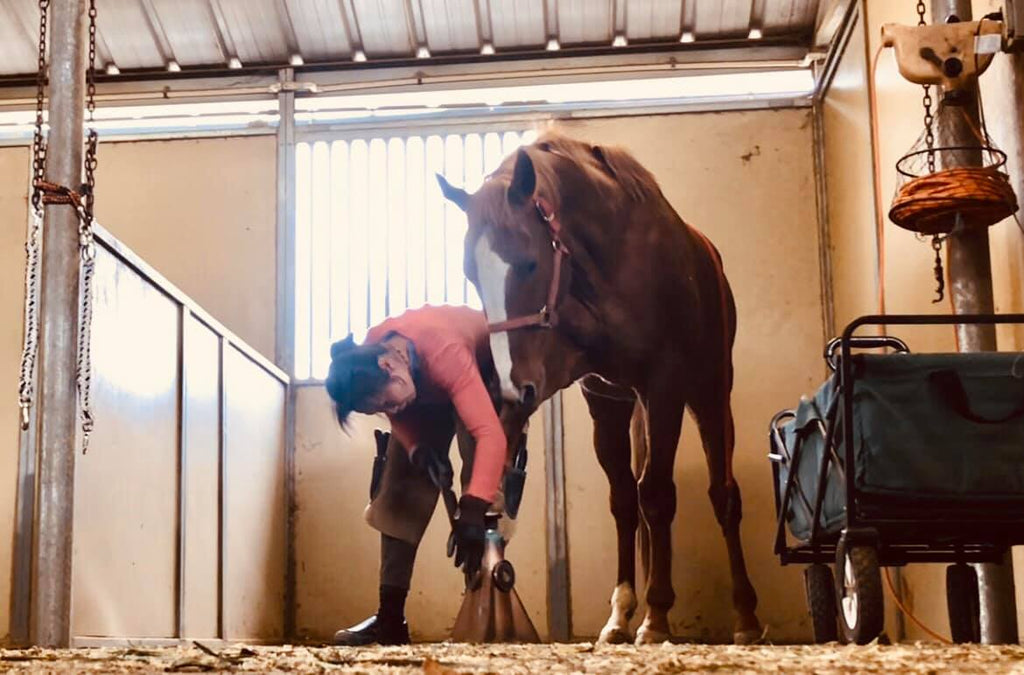
Why do you Choose to use Scoot Boots on Your Rides Instead of Going Bootless?
We do ride completely barefoot often, but Lasair and I ride hard. He is a big, powerful, energetic horse, so we don’t have easy rides. He likes to move. We push the limits on our rides. His hooves had so much damage in the first twelve years of his life that he still has shadows of his past hoof issues and needs some extra support on our rides. Because of this, and because of the things on the trails that nature didn’t plan for, like glass bottles and metal nails, he wears boots on our more challenging rides. Better safe than sorry.
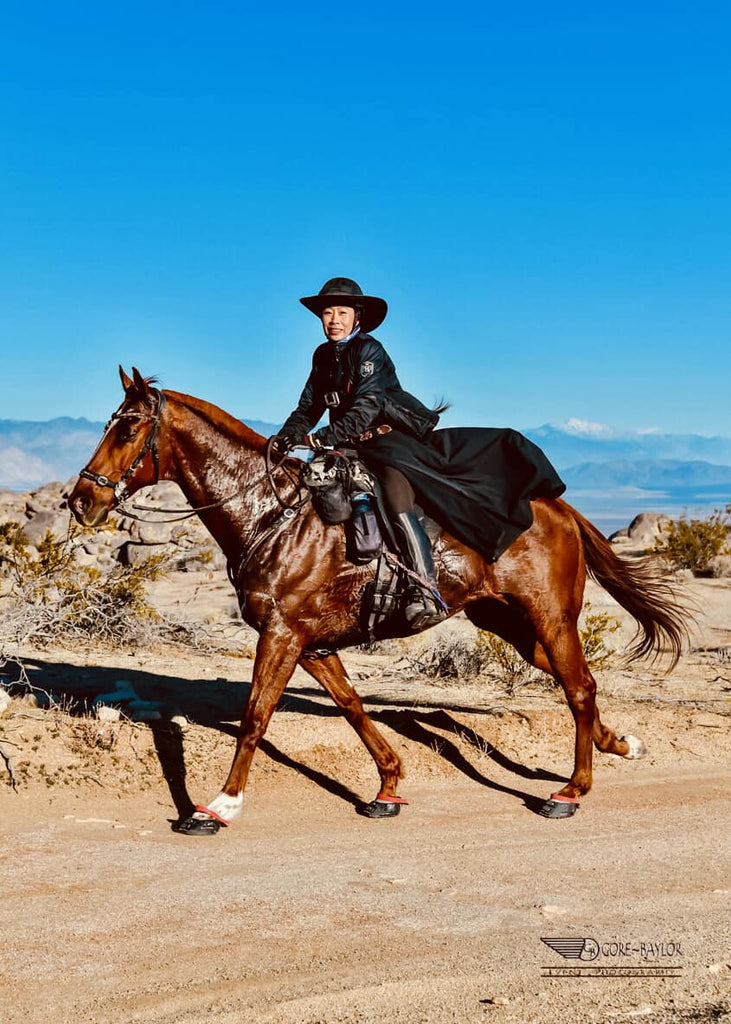
You Have Tried Many Different Boots on Sandy Terrain. How do Scoot Boots Compare to the Others you Have Tried?
For 10 years I was faithful to other boot brands. When Lasair was shod, they were my spare tire. I kept them in the saddle bag in case he threw a shoe while we were out. When I took him barefoot I also used these other brands of hoof boots. They caused a number of problems for us. He is long and the big bulky boots were throwing him off balance just enough to make him clip himself and he was getting these big gashes all the time. The big bulky boots would also fill up with sand. When sand gets packed into the toe it becomes like concrete and is really hard to get out. And then water would fill it up like a bucket and the boots would get so heavy. Add the sand and the boots would just fall off. We tried many other hoof boot models to find one that worked for us, but none did the job.
I like to try products and do product reviews to help others in making their decisions. When I decided to try Scoot Boots, I first got them and thought, “Wow, this is something special.” They are balanced so Lasair doesn’t clip himself. The sand drains right out. Some people think the openings in the Scoots are a problem because things can get in, when actually, that’s one of their biggest strengths because it means all the debris can get out. Debris will get into any boot, especially when the entire hoof is sunk into deep sand. But with the Scoot Boots, all that gets back out with every flick of the hoof, so it doesn’t get trapped inside where it can cause issues. They don’t get heavy. They’re durable. Scoots are also great for the rehab cases. When horses are given enough support that the pain is alleviated, they start to move more which is essential for healing. The movement increases circulation which is a key component to healthy hooves.
When we first started using Scoots, there was only one shape. There are so many different horses with different needs that I believed there needed to be different options available. I love to see that Scoot Boots is stepping it up with their different boots and accessories, so different horses can have boots that fit just right and to suit different needs.
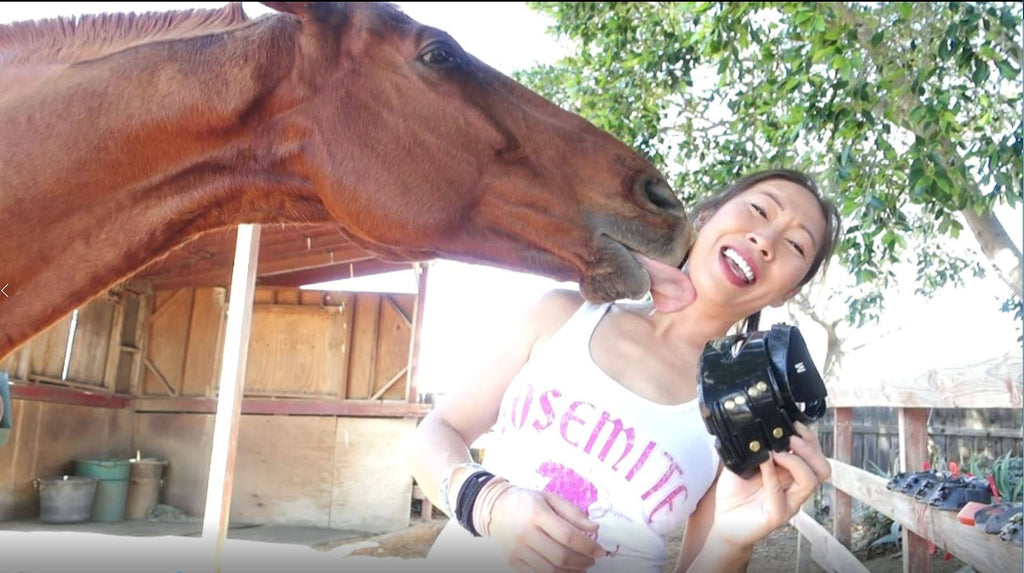
What Does the Clean up Process Look Like for Scoot Boots?
So easy! I literally just pull the boots off. And as I hose him down, I hose the boots. No scrubbing, just rinse and they’re clean. Nothing clogs or gets stuck. The boot material is slippery so everything comes right off. Just set them out and they are dry for the next day.
For therapeutic purposes, where horses are wearing them for a long time, canvas or leather boots get so filthy. Then you clean them and have to put a wet and soggy boot back on the foot. That can cause dermatitis issues, which is the last thing you need when you’re already dealing with healing the foot. With Scoots, you can just rinse, dry and put the boot back on. It is so easy.
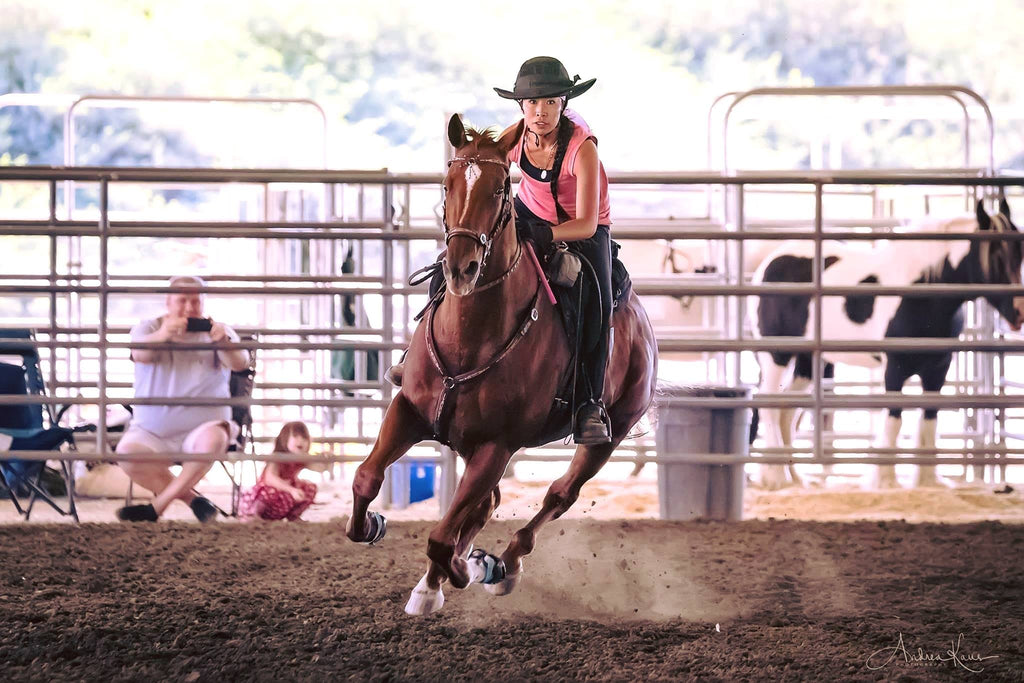
What is one Take Home Message or Piece of Advice you Want to Give to Other Riders?
Listen to your horse. Take a look and realize that they are an incredible, amazing being that doesn't have to be shackled to steel shoes. Nature is powerful. And Scoot Boots can help get you there. Barefoot is not the latest fad, it’s what nature intended. Let nature loose and see how much it can heal and support the horse. Then, have Scoots as a little backup because nature didn’t plan for glass bottles and nails on the ground.
Scoot Boots are designed to perform perfectly over terrain that is difficult for other boots to handle. If you live in a sandy environment or regularly ride on sandy desert terrain, Scoot Boots will ensure that your horse’s hooves are supported without hindering their balance and performance.

Scoot Boots are available to suit the needs of different horses. You can browse our collection here - https://scootboots.com/
Not sure what size is best for your horse? Talk to our sizing team today to find the perfect fit, contact sizing@scootboots.com
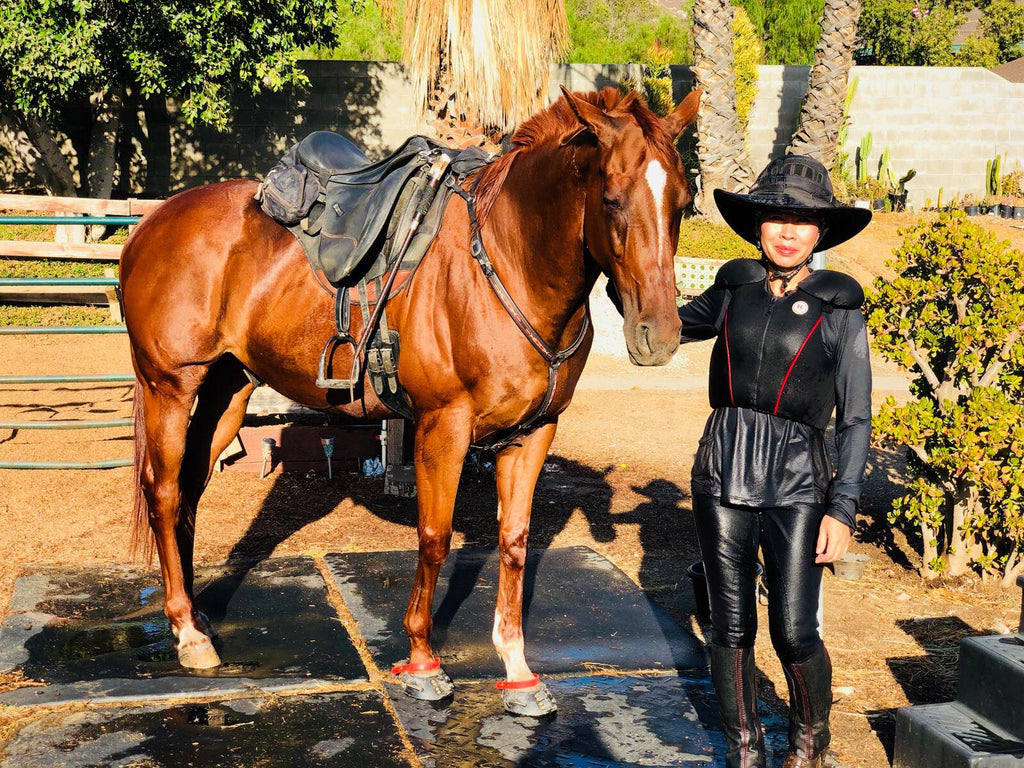
Building a Supportive Barefoot Community
The team at Scoot Boot believe passionately in the barefoot horse and strive to build a supportive community of barefoot horse lovers. We aim to share everything we know about going barefoot and are eager to hear your stories and questions. Please reach out to us!
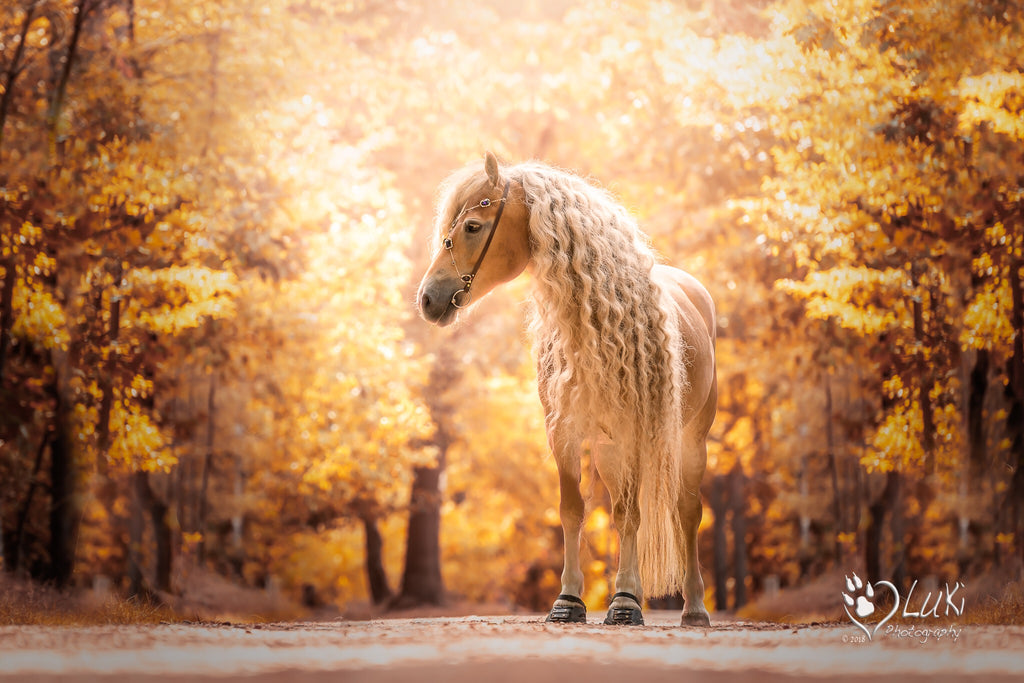
Talk to us on Facebook: http://www.facebook.com/scootbootdownunder/
DM us on Instagram: https://www.instagram.com/scootbootsdownunder/
Send us a Tweet: https://twitter.com/scootbootHQ
Watch Scoots in action: https://www.youtube.com/c/ScootBootsdownunder
Send us an email: scootboot@scootboots.com
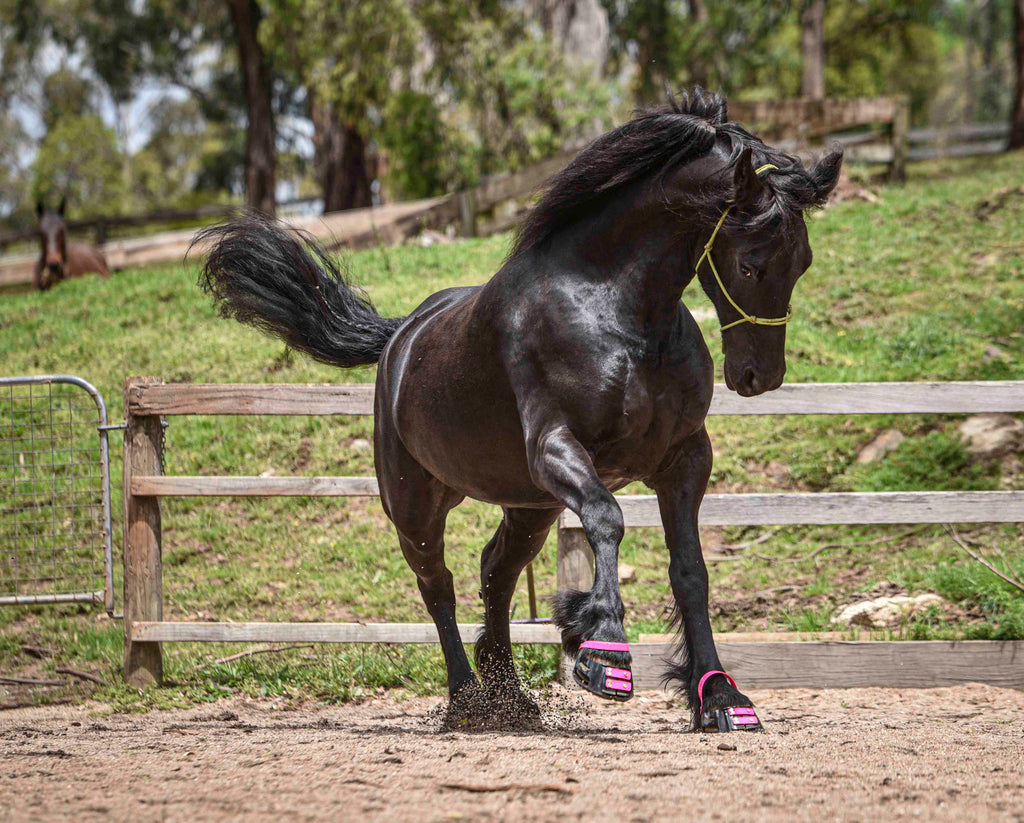
Find more information about using Scoot Boots here: scoot-boot-hoof-boots

